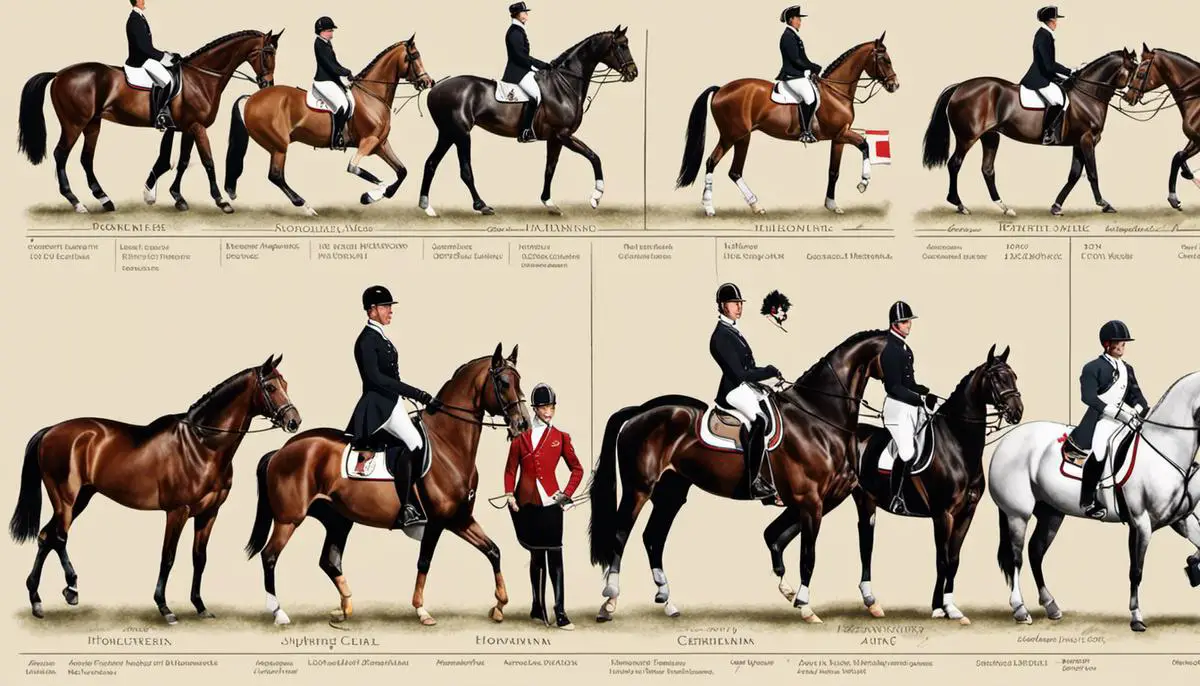The world of German show jumping horses is a realm marked by grandeur, discipline, and rich heritage. Germany’s intertwined history with equine culture has birthed breeds like the elite Holsteiner and Hanoverian, whose distinct traits have set the global standards in show jumping. As we delve deeper into the lineage, training methodologies, significant competitions, and future trends, we unveil distinctions that make German horses stand tall in the world of international equestrian sports.
Table of Contents (Horspedia)
History and Breeding of German Show Jumping Horses
German Show Jumping Horses: A Historical Perspective
German show jumping horses, famous for their prowess and agility, have a long and rich history that is deeply rooted in equestrian culture. Since the Middle Ages, Germany has been renowned for breeding superior quality horses that excel in various equestrian disciplines, particularly show jumping.
The breeding programs were not always focused on show jumping, however. Before the advent of mechanized vehicles, these horses were employed primarily for agricultural work and transportation purposes due to their strength and endurance. The transition to show jumping began in the 19th century, concurrent with industrialization which rendered horses less essential for manual labor.
Holsteiners: Distinctive Breed with a Long Legacy
The Holsteiner is one of the oldest warmblood breeds in the world, tracing their lineage back to the 13th-century in the Schleswig-Holstein region of Germany. Initially used as agricultural and war horses, their breeding has been adapted over centuries to create the modern Holsteiner, a horse with incredible jumping ability, agility, and speed.
Holsteiners are known for their powerful hindquarters, impulsion and scope – attributes ideal for show jumping. The breed’s known for a characteristically noble and expressive head, and a compact, strong body indicating power and durability. Breeders have incorporated selective Thoroughbred breeding to enhance the breed’s agility and endurance.
Hanoverians: Versatility Embodied
The Hanoverian breed traces its roots back to the 16th century in the region of Lower Saxony in Germany. Like Holsteiners, they initially served in agriculture and transportation. The breed evolved significantly in the 18th century with the establishment of the State Stud at Celle, where higher quality stallions of Oriental and Thoroughbred breeds were used to improve the local stock.
Hanoverians are characterized by their strong back, muscular body, long legs and well-set neck. They excel not only in show jumping, but are versatile enough to perform well in dressage, eventing, and harness work. Strict breeding guidelines maintained by the Hanoverian Society ensure the continuation of these inimitable qualities.
Breeding Programs: A Trademark of Quality
Breeding German show jumpers is not a casual affair; it is a carefully planned and regulated process. The German Equestrian Federation oversees it, using meticulous criteria to judge and certify the breeding stock. Stallions undergo rigorous testing in dressage and jumping aptitude before being approved for breeding.
Such stringent and organized breeding standards ensure that German show jumping horses sustain their legendary reputation. Endowed with their ancestors’ strength, endurance, and a commanding presence, Holsteiners and Hanoverians continue to make their mark on international show jumping circuits today.
Conclusion
Over the centuries, German show jumping horses have been consistently bred to perform optimally in power, performance, and endurance. The highly acclaimed Holstein and Hanoverian breeds are proudly at the forefront of this equestrian discipline due to Germany’s meticulous and high-standard breeding programs. Their significant achievements in international competitions stand as proud proof of Germany’s deep-rooted heritage and dedicated pursuit of breeding excellence.
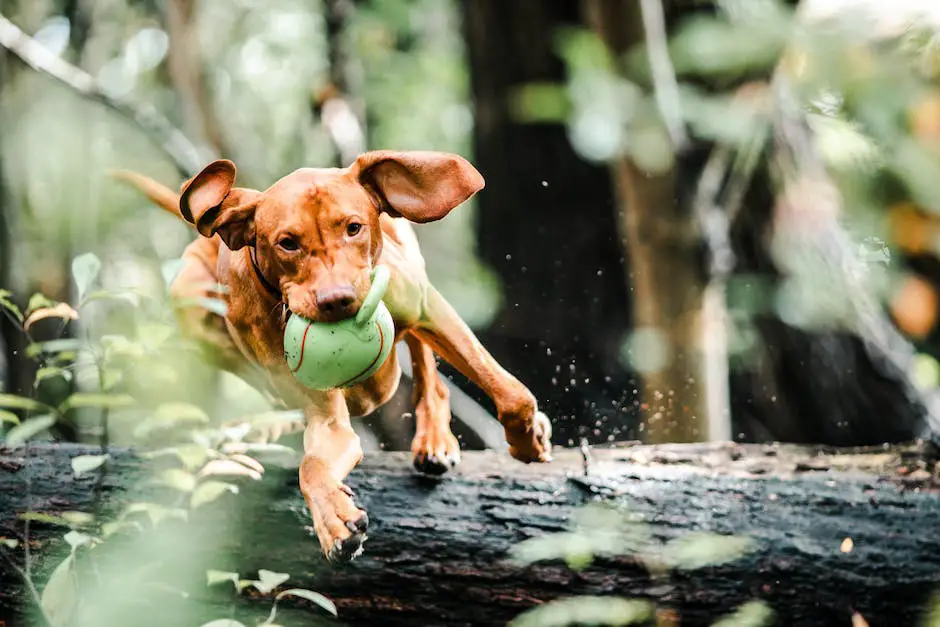
Training and Discipline of German Show Jumping Horses
German Show Jumping Horses: Breeding and Selection
Prior to embarking on the demanding journey of show jumping training, breeders must choose the ideal horses for the task. German Warmbloods, specifically the Hanoverian and Holsteiner breeds, are favored selections in show jumping for their notable power, exceptional jumping capabilities, and sturdy hindquarters. These breeds are also renowned for their willing nature, robust health, and fast learning skills.
Groundwork Training: Fostering Trust and Compliance
The foundation for show jumping is laid during the early stages of training known as groundwork. This involves various activities designed to establish communication and foster trust between the horse and the rider. Lunging, roundpenning, and in-hand exercises are common practices in this stage. Groundwork helps the horse become receptive to the rider’s cues, thus fostering a degree of obedience and trust that is critical in the later stages of training.
Flatwork Training: Enhancing Agility and Strength
Once groundwork has fostered a cohesive relationship between horse and rider, flatwork training begins. This phase involves training the horse to effectively respond to cues for transitions between different gaits and movements. This workout on flat terrain enhances the horse’s balance, rhythm, and suppleness, laying the groundwork for proficient jumping. Dressage training, although viewed as a separate discipline, is usually included in this stage because of its significant benefits for the horse’s agility and strength.
Jumping Training: Mastering Power and Precision
Building on the agility and obedience established through groundwork and flatwork, horses then progress to jumping training. Initially, horses are introduced to low jumps or poles on the ground to acclimate them to the concept of jumping. At this stage, the focus is metering their leaps rather than reaching great heights. As they become more comfortable, the height of these jumps is slowly increased. Training also includes the introduction of filler materials, water trays, and different types of jumps to prepare the horse for the various scenarios they might encounter in a show jumping course.
Intensive Training: Boosting Endurance and Perfecting Skills
As the horse becomes more adept at jumping, intensive training ensues. This incorporates elements of strength and conditioning exercises to boost endurance and stamina. Additionally, horses undergo technical jumping exercises to develop their sense of distance, rhythm, and timing. This stage is crucial in refining skills and perfecting techniques for competitions.
Important Caveats in Training German Show Jumping Horses
Given the physical demands of show jumping, horse trainers must ensure that training programs are not overly strenuous, thereby risking injury. It’s also imperative to understand and respect the horse’s individual threshold of learning and physicality. Not every horse will progress at the same rate or reach the same level of proficiency, and thus training must be adjusted according to each horse’s individual abilities.
Exploring the world of German show jumping horses, it’s fascinating to learn about the diverse range of training methods used to prepare these athletes. From groundwork and flatwork to intensive jumping drills, the regime ensures that the horses develop the necessary strength, agility and discipline for the demanding sport of show jumping. This comprehensive and meticulous training process has established German Warmbloods as some of the most exceptional show jumpers on the international stage.
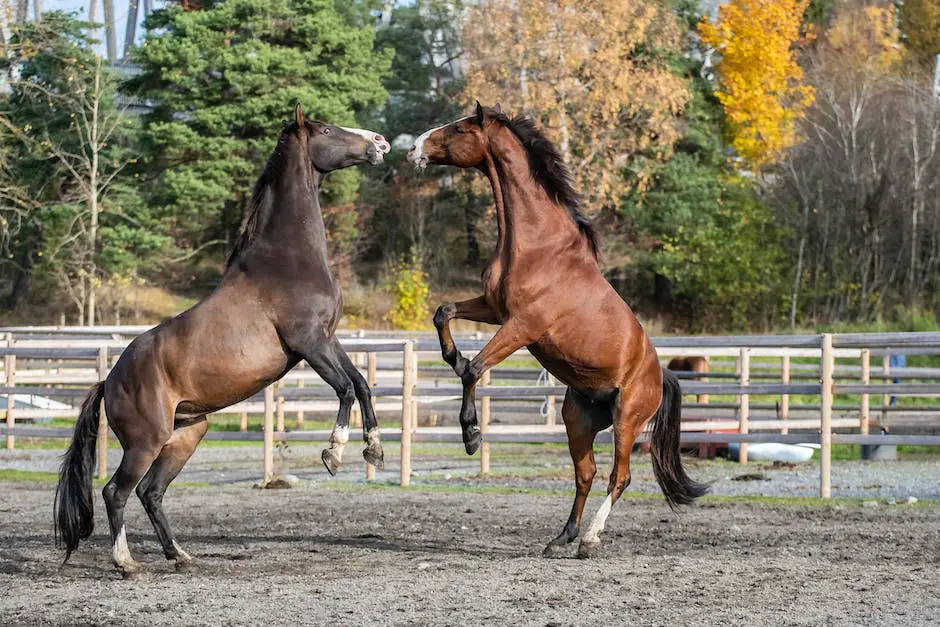
Major Competitions and Winners
Prominent Show Jumping Competitions
Significant show jumping competitions serve as the ultimate test of skill and cohesion, providing a platform for both rider and horse to demonstrate their capability to navigate elaborate courses designed to challenge their agility, speed, and accuracy. Among the most esteemed show jumping events are the Federation Equestre Internationale (FEI) World Cup and the iconic Olympic Games. German horses frequently dominate these competitions, a testament to the country’s effective breeding programs, thorough training, and rich equestrian heritage.
FEI World Cup: German Dominance
The FEI World Cup is one of the world’s leading indoor show jumping series with several qualifying rounds and a global final. German riders and horses have had significant success at the World Cup. Notably, Meredith Michaels-Beerbaum and her horse Shutterfly won the World Cup Final three times in 2005, 2008, and 2009 – the only combination to achieve this feat. Markus Ehning, another German rider, has also won the World Cup three times but with different equine partners (2003 with Anka, 2006 with Sandro Boy and 2010 with Plot Blue).
Olympic Games: German Victories
The Olympics have also been a platform for German show jumping champions. Consider Hans Günter Winkler, who together with his horse Halla, won gold at the 1956 Stockholm Olympics. Remarkably, Winkler rode with a groin injury, but Halla seemingly understood and carried him through to victory. As of today, Winkler remains the only rider to have won five Olympic gold medals in show jumping.
More recently, in the 2020 Tokyo Olympics, the German team led by Andre Thieme on DSP Chakaria, secured gold in the team jumping. This marked Germany’s second consecutive team gold in the Olympics, demonstrating the consistent prowess of German show jumping horses.
Record-Setting German Horses
German show jumping horses have also set noteworthy records. For instance, the Oldenburg mare mare Weihaiwej to clear a course of 2.47 meters high during the puissance class at the 1993 “K+M Cup” in Hanover, setting a world record for indoor showjumping that remains unbroken.
Another famous German show jumping horse is Ehning’s horse Cento. In 2002, Cento and Ehning achieved the impressive feat of clearing 2.40m in the prestigious puissance class of Aachen—a true testament to the athleticism and partnership between German horses and riders.
When discussing the world of prestigious international show jumping competitions such as the FEI World Cup and the Olympics, the dominance of German horses is evident. These horses, bred for their extraordinary abilities, don’t just win titles – they set records. This kind of performance is a testament to the heritage and capabilities of German show jumping horses.
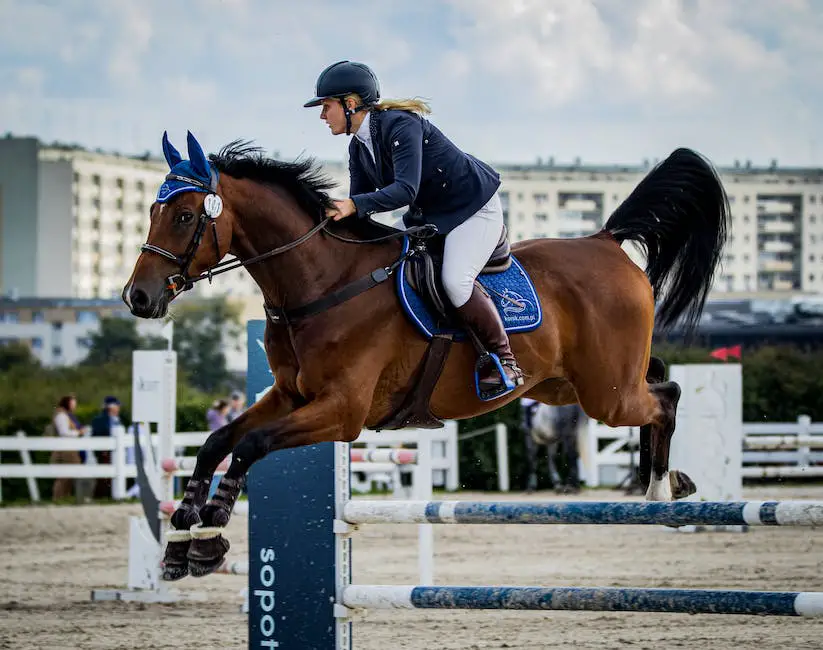
Current Trends and Future of German Show Jumping Horses
The Evolution and Current Trends of German Show Jumping Horses
The prominence of German horses in show jumping continues to grow, thanks to the country’s advanced breeding programs. These programs focus on producing horses that exhibit remarkable athleticism, intelligence, and an unyieldingly high level of trainability – traits that have become a global standard in the realm of show jumping.
Several breeds dominate the show jumping circuits, with Hanoverians, Oldenburgs, and Holsteiners being among the most sought-after. These breeds, known for their remarkable endurance, suppleness, and ability to jump high, are often meticulously bred with others to further improve and refine these desirable qualities.
In this modern age, technology has permeated into the care and training of show jumping horses. Devices such as motion-capture systems, GPS trackers, and heart-rate monitors are used to fine-tune their condition and performance. An increasingly common practice is precision feeding, where diet analysis software is used to ensure each horse receives optimal nutrition.
Innovation in Training and Competition
Innovations in German horsepower extend beyond breeding, with modern training techniques garnering significant attention. The balance between traditional riding skills and the use of advanced technology is crucial. Traditional training emphasizes groundwork, rider balance, and communication, while technology provides objective data to help refine techniques and strategies.
Adjustments in competition rules have been instrumental in incentivizing superior performance. New rules now favor horses showing year-round excellence over those relying on a handful of good performances. This move promotes consistent training and encourages fair competition.
Future Prospects of German Show Jumping Horses
Looking ahead, the German show jumping scene is set to expand further, with continued improvements in breeding, training, and competitions. The application of genomics in horse breeding is a promising venture, aimed at identifying desirable traits at a genetic level. This could create horses that are more resilient, athletic and possess better speed, endurance and jumping talent.
Moreover, the increasing recognition of horse mental health is set to impact the future of the sport positively. Training regimens are now beginning to account for stress reduction and the emotional wellbeing of horses, seeing them not just as performers but sentient beings.
Furthermore, the focus on sustainability in equestrian sports is poised to gain momentum. From sustainably sourced feed to biodegradable bedding and energy-efficient stables, the narrative around eco-friendly equestrian practices is only set to grow.
Overall, as we delve deeper into the 21st century, the landscape of German show jumping horses will continue to evolve, shaped by advances in genetics, welfare consciousness, sustainability focus, and a marriage of tradition and technology in training techniques.
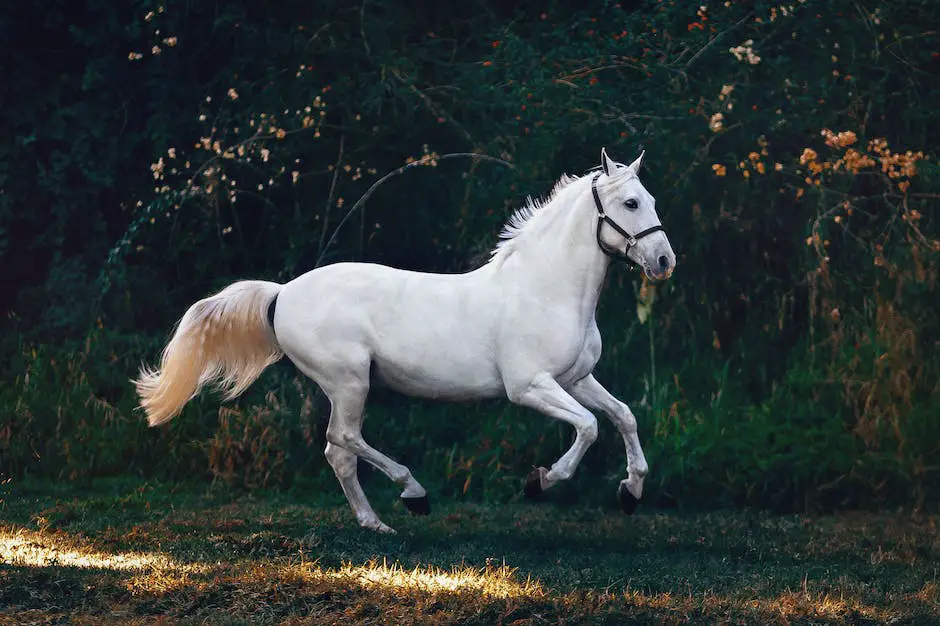
Centuries of meticulous breeding, rigorous training, and unmatched dedication have cemented Germany’s place in the show jumping arena. Its horses, acclaimed for their agility, strength, and compliance, continue to dominate major competitions, consistently raising the bar for excellence in equestrian sports. As technological innovations and fresh training approaches integrate into the sport, the future of German show jumping horses remains promising, poised on the threshold of new achievements and milestones. This enduring legacy and the exciting prospects shaping the future of German show jumping horses underline the indomitable spirit of the equestrian world.
